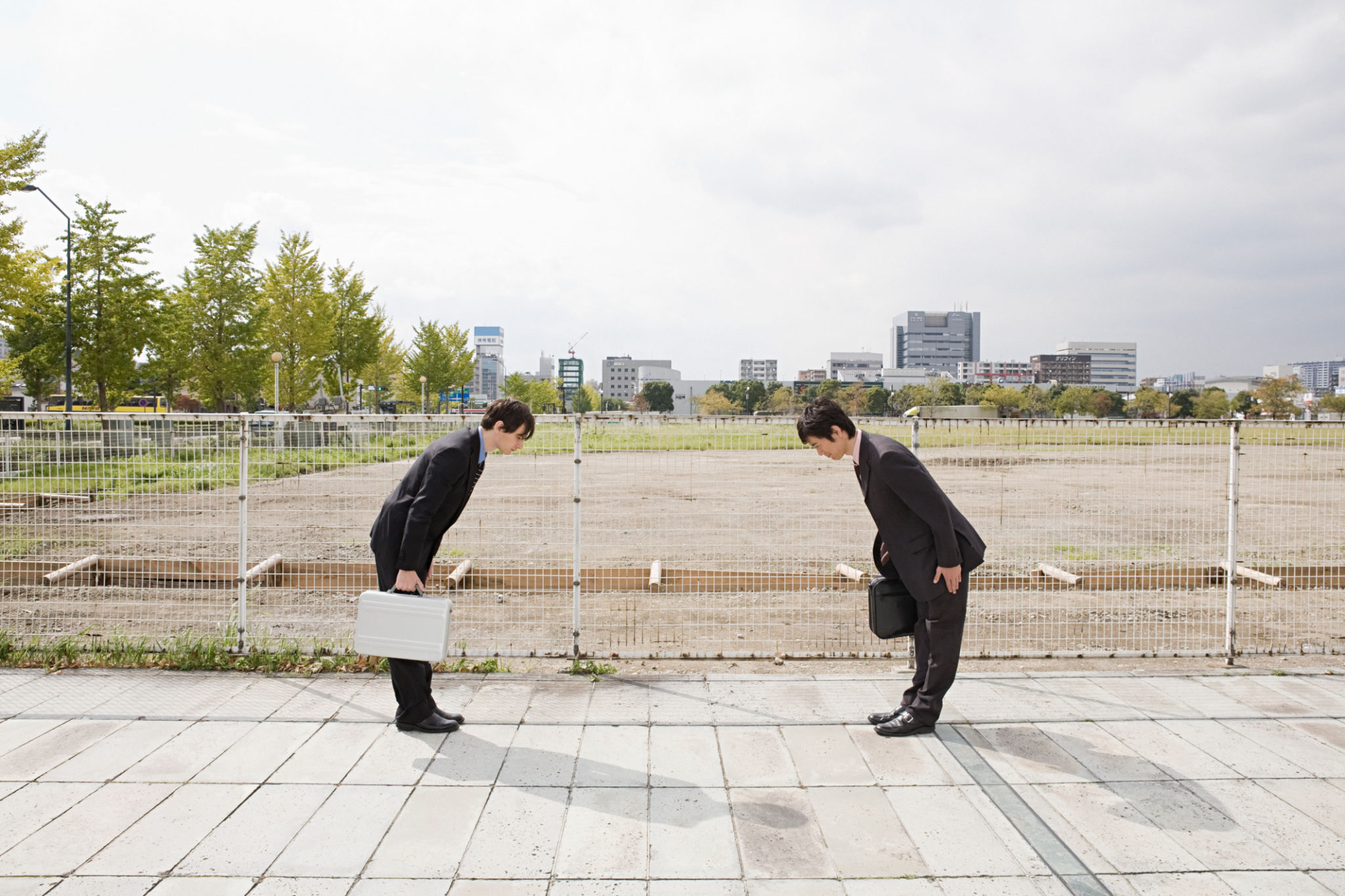Building Facade Restoration: Techniques for Maintaining Historical Integrity
Understanding the Importance of Facade Restoration
Building facade restoration plays a crucial role in preserving the historical integrity and architectural beauty of heritage structures. Over time, environmental factors such as weather, pollution, and age can cause significant deterioration to these facades, making restoration not just an aesthetic choice, but a necessary measure for structural integrity.
Restoration projects aim to maintain the original look and feel of the building while ensuring its longevity. This delicate balance between preservation and modernization requires specialized techniques and a deep understanding of historical architecture.

Assessing the Condition of the Facade
The initial step in any facade restoration project is a thorough assessment of the building's condition. This involves a detailed inspection to identify areas affected by wear and damage. Professionals look for cracks, erosion, water damage, and any previous repairs that might have compromised the structure's stability.
Once the assessment is complete, a tailored restoration plan is developed. This plan considers the unique materials and craftsmanship of the original construction, ensuring that new interventions do not detract from the building's historical value.
Common Techniques Used in Facade Restoration
A variety of techniques are employed to restore building facades, each chosen based on the specific needs of the structure. Some common methods include:
- Cleaning: Removing dirt, stains, and pollutants using gentle, non-abrasive methods to prevent damage.
- Repointing: Repairing mortar joints in masonry to prevent water infiltration and strengthen the structure.
- Stone and Brick Repair: Replacing or repairing damaged stones or bricks to match the original materials.

The Role of Materials in Restoration
The choice of materials is critical in maintaining the historical integrity of a building. Restoration experts often use materials that match or closely resemble the original components used in the construction. This ensures that the restored elements blend seamlessly with the existing structure.
For example, lime-based mortars are often preferred over modern cement as they provide better flexibility and breathability, which are vital for older buildings. Additionally, sourcing local or period-appropriate materials helps maintain authenticity.
Modern Technology in Historical Restoration
While traditional techniques are essential, modern technology also plays a significant role in facade restoration. Advanced imaging technologies like 3D scanning allow for precise measurements and detailed analysis of damage, enabling more accurate restoration work.
Moreover, computer-aided design (CAD) software assists in planning and visualizing restoration efforts, ensuring that interventions meet both aesthetic and structural criteria without compromising historical value.

The Impact of Restoration on Community and Culture
Restoring historical facades extends beyond mere preservation of buildings. It contributes significantly to cultural heritage and community identity. Restored structures can become focal points for communities, inspiring pride and fostering a sense of continuity with the past.
Moreover, these projects often stimulate local economies by attracting tourism and encouraging investment in surrounding areas. Thus, facade restoration stands as both a cultural and economic boon to communities that embrace their architectural heritage.
Sustainability in Facade Restoration
Sustainability is increasingly becoming a priority in building facade restoration. Using eco-friendly materials and methods not only reduces environmental impact but also aligns with global efforts towards sustainable development. This includes techniques like recycling old materials where possible and using energy-efficient solutions during restoration processes.
By incorporating sustainability into restoration practices, we ensure that these historical structures can be enjoyed by future generations while minimizing their ecological footprint.